In this blog i will guide you how long does dry ice last in cooler or outside.
What is Dry Ice?
The best point to start from is by answering this; what is dry ice? Well, it is a solidified carbon IV oxide. As we’ll discover shortly, this solid carbon dioxide has multiple uses, key of which is for preservation purposes.
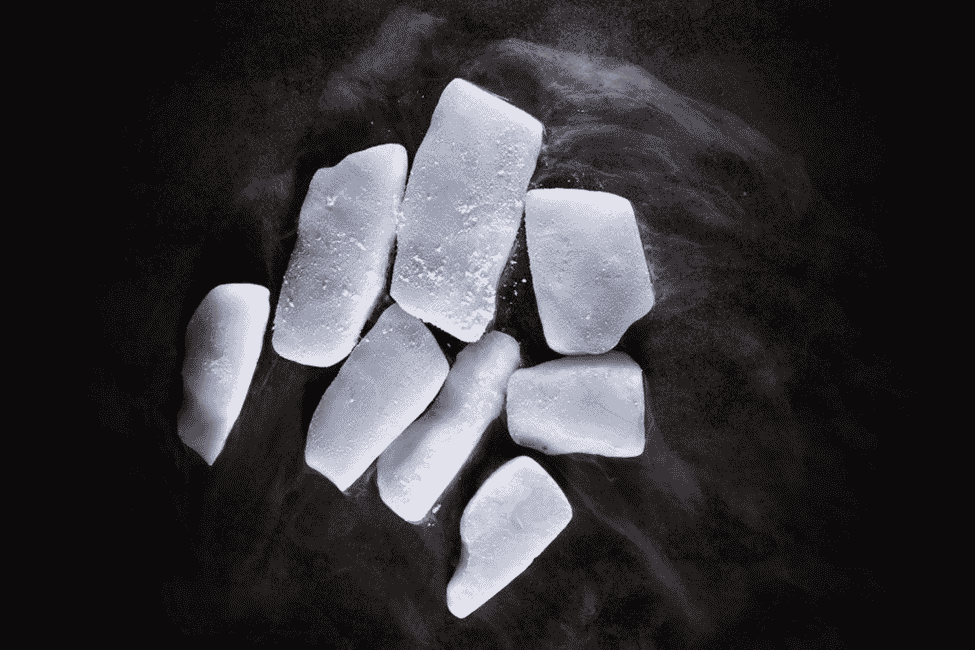
Physical Features of Dry Ice
Let’s go a step further and describe it. Here are the top physical characteristics of solid carbon dioxide.
1) Colorless
Most people erroneously believe that this ice is white. The truth is that solid CO2 has no specific color. You’ll be shocked to know that once this ice sublimes, it disappears. It’s like other liquified gasses such as oxygen.
2) Inodorous
Contrary to false belief, it has no odor even when it sublimes. That makes it particularly dangerous as one can inhale it unknowingly till they suffocate.
3) Non-Inflammable
Unlike solid oxygen, this ice is not combustible. However, that is not a reason to take it for granted. Remember that CO2 can cause suffocation especially if inhaled for long.
4) Exists in different states
As you’ll learn shortly, manufacturers make this ice from carbon dioxide gas. That proves that this ice can exist in different forms. However, it’s safest when it’s solid as it poses no danger to the environment.
How To Make Dry Ice?
Manufacturers make it in either block form or on a small scale. These manufacturers only rely on carbon IV oxide as the raw material. Let’s discuss these manufacturing processes step-wise.
Industrial workers start by channeling the carbon dioxide to a compressor to liquefy it. Frequently, the machine liquefies the gas at an incredible pressure of at least 395 kilograms per cubic centimeter. After that, they cool the liquefied carbon IV oxide.
Secondly, the manufacturers channel this liquified gas to huge pressurized tanks. It’s then moved through pipes to atmospheric pressure so that it evaporates speedily. In consequence, liquified carbon dioxide cools at a low temperature of -78.5 °C.
How Long Does Dry Ice Last?
All potential customers want the answer: how long does ice last? Ice stored in a cooler can last for as long as 36-48 hours. The colder the cooler the longer the dry ice lasts. As some may know ice is usually cooled at an incredibly low temperature of close to -80 °C.
How To Store Dry Ice?
If you’ve ever dealt with this ice you know the financial risks that come with it. That said, it’s paramount we discuss how to store ice.
1) Store in a well air-conditioned room
The best way to store this ice is in a clean and well-ventilated room. Ordinarily, storing in a closed room with enough ventilation exposes creatures there-in to no danger. However, you must ensure that the icebox is airtight to prevent oxygen from seeping into it.
2) Store in a freezer
You can also store your ice in a freezer as long as you wrap it with a polystyrene paper bag. However, we advise against storing a huge chunk of it as it may cause your thermostat to break down. There’s no risk of asphyxiation even if some of the ice sublimates.
9 Common Uses of Dry Ice
1) Ice Cream Preservation

Perhaps you have seen multiple ice cream carts several times. Ice cream can only remain in solid form at relatively low temperatures. Technically, these carts feature a deep freezer that maintains the right temperature.
2) Food Preservation
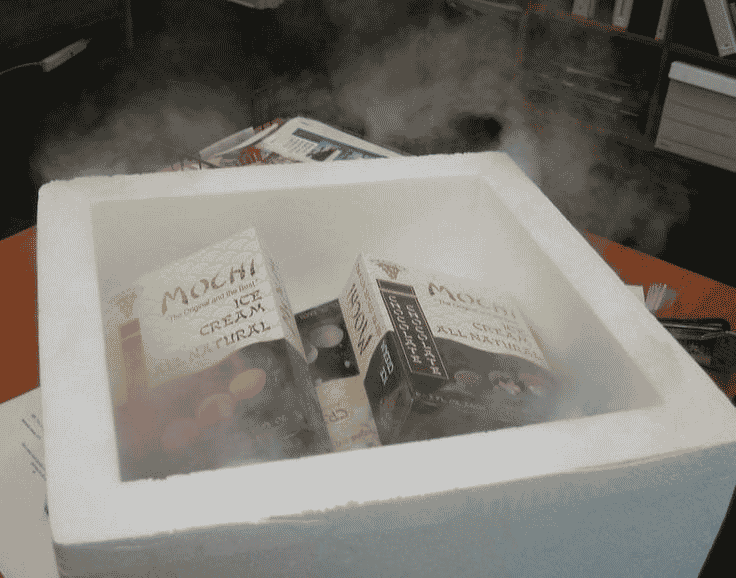
Food preservation consultants know the significance of freezing food when transporting it. It’s not in doubt that food is extremely perishable. However, such food can only last in the freezer for a maximum of 24 hours.
3) Pharmaceutical Preservation
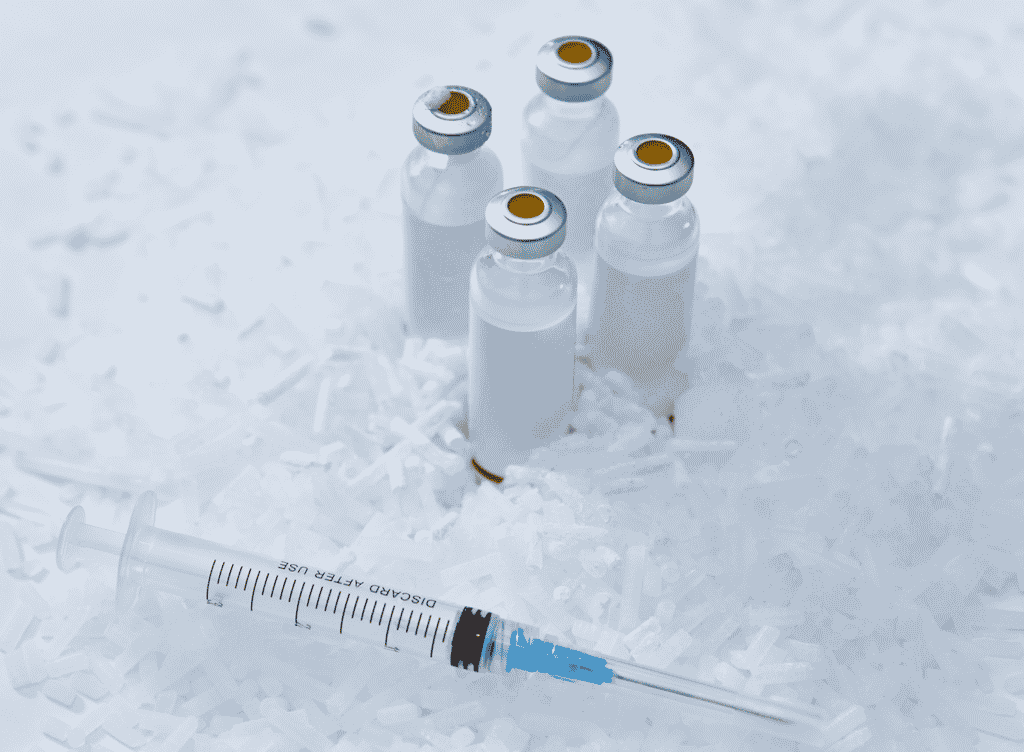
Pharmacists know best how temperature-sensitive most medications can be. Therefore, these experts freeze-dry the medication to preserve them so that patients get high-quality pharmaceuticals.
4) Insect Trapper
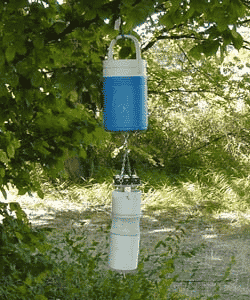
Astonishingly, dry ice comes in handy in trapping bothersome insects such as mosquitoes and houseflies. Entomologists opine that carbon IV dioxide attracts specific stubborn insects such as mosquitoes.
For this reason, one can leverage this ice to trap mosquitoes. Remember that dry ice gives rise to carbon IV oxide gas once it evaporates.
5) Used in Blast Cleaning
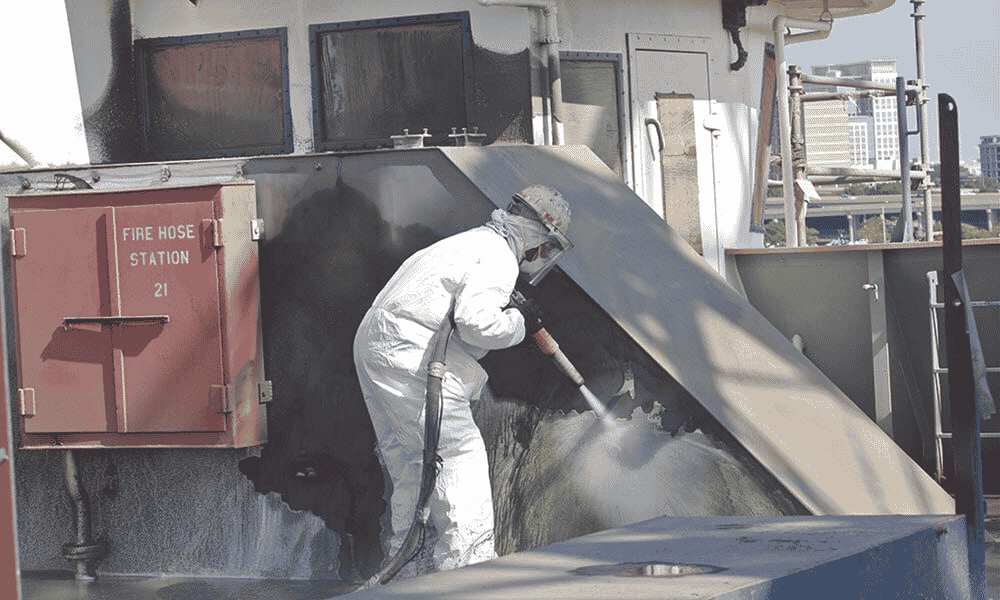
Cleaners rely on carbon dioxide at -109° F(dry ice temperature) to clean metal surfaces. It involves inserting this ice particle in pressurized air steam to thrust the particles to the target surface.
The huge whack of this ice particle against the surface rids it of any dirt or stains. The impressive part is that the incredible impact forces these ice pellets to sublime.
An alternative method would be to use environmentally-unfriendly cleaning chemicals.
6) Helpful During Pipe Repair

This ice makes work much easier, especially for plumbers. These pipe experts solidify the water using dry ice before they start the pipe repair work. Later you can unfreeze it to test whether the repair was efficient to the client’s satisfaction.
7) Tile Repair
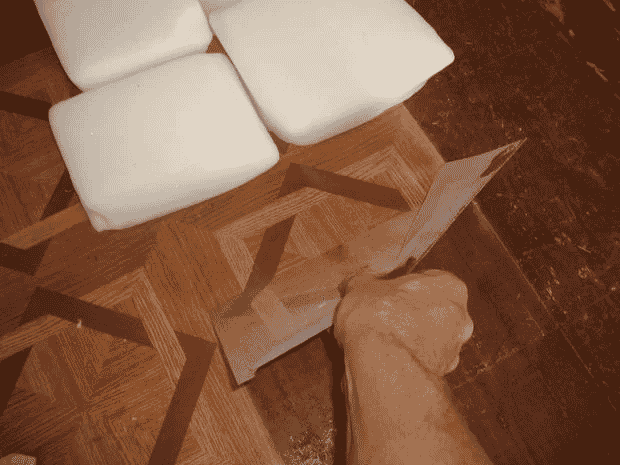
Floor tiles experts use this type of ice to remove the tiles for repair purposes. You need to place nylon paper on the damaged tiles and arrange the ice on top of them. Hold on for 3-5 minutes until you hear a loud pop sound of the floor tiles.
Kindly ensure you ventilate the room properly to reduce the risk of suffocation. Mark you, that this ice sublimes when exposed to a warm temperature (room temperature).
8) Boosting Plant Growth

In high school, your biology teacher must have taught you that plants desperately rely on CO2 for photosynthesis. Farmers can use this ice to provide more carbon dioxide as sublimes at relatively high temperatures.
Plants can inhale carbon dioxide as long as the dry ice is in close proximity. The more often you avail it, the better the product will become.
9. Inflate Balloons

Are you planning an event? Worry not, as you can rely on inflated balloons to decorate your event venue. All you need to do is to insert a reasonable ice piece into the balloons. It will sublime slowly hence inflating your balloons.
Resist the urge to put a large ice piece as it may cause your balloon to burst. Doesn’t that save your breath?
How To Buy Dry Ice?
Do you need solid carbon dioxide to freeze your food? Heave a sigh of relief as we’ve got you covered.
• Buy from your nearest grocery
International stores such as Walmart and Amazon sell solid carbon dioxide. More often than not, these grocery stores keep the ice in a lunch box pack. You can get ice pellets for as low as $9 from your nearest grocery store.
It’s wise to purchase dry ice as soon as you need it. For instance, it’s good to buy it in the afternoon if you’ll need to use dry ice later in the day. Don’t buy it a day or weeks in advance as it vaporizes. Kindly note that in most countries you’ll have to be a major to buy solid carbon dioxide.
• Online Buying
A better purchase option is to place an order on major platforms such as Amazon and Walmart. Please ensure you peruse the product information before you place your online order.
Customers are fortunate as most of these online dealers have customer-friendly return and refund policies. Online stores know best how to satisfy their online buyers by selling them high-quality products.
The delivery man will store it accordingly for transportation to guarantee you the best quality dry ice.
Related FAQs
1. Should i wear gloves when handling dry ice?
Yes, you should! Direct contact with solid carbon dioxide for a long time may cause frostbite. Although this injury doesn’t damage the skin permanently, it causes disturbing numbness. In extreme cases, the dry ice may cause hand skin discoloration.
2. Is there any danger of ingesting dry ice?
Yes, there is! Health experts note that eating ice is much more dangerous than holding it in your bare hands. Since the ice is extremely cold it’s likely to freeze your inner body organs, such as your stomach. More often than not, ice may cause instantaneous death, as it will sublimate in your belly. Consequently, the stomach might rupture hence claiming life.
3. How can i extend my dry ice’s shelf life?
The surest way to do so is to store it properly. We strongly urge you to consider a cooler with a thick insulation layer of 3.5 to 4 inches. Also, ensure that the cooler’s lid is at least 3.5 inches to keep your product icy for much longer.
4. Is it good to store dry ice in the freezer?
No, it isn’t! In the beginning, the solid carbon dioxide’s low temperature might trigger your refrigerator’s thermostat to break. If that doesn’t happen, any minute warm temperature will trigger the dry ice to sublime. Consequently, the amount of carbon dioxide in the room will rise sharply; hence triggering drowsiness.
5. Does the industrial dry ice manufacturing process emit any byproducts?
No, it does but rarely! Remember that industries only rely on carbon dioxide as the only required raw material. The only notable byproduct is the gas that sublimes when we emit it in the air.
6. Does the FDA approve dry ice released to the market?
Yes, it does! The federal government has set strict quality control standards for CO2 used during the industrial ice manufacturing process. For instance, this raw material must be relatively pure. Apart from that, the pressure at the tanks must be 395 kg per square centimeter. The final product too must meet the quality control standards set by the FDA.
7. I prefer a cold drink. can i add dry ice to my glass of beer?
No, you can’t! Health experts note that it’s risky to ingest even a small piece of ice. It might sublimate in the stomach hence making your stomach explode. Therefore, we recommend you use ice cubes instead.
8. What’s the temperature of dry ice?
It has a temperature of -78.5 °C. Manufacturers channel liquid carbon dioxide to pressurized tanks whose temperature is usually -109° F. For this reason, you should never handle ice with your unprotected hands. Failure to do so will expose you to the risk of frostbite.
9. How long does dry ice last in a cooler?
It depends on how much capacity your cooler has. If you have a standard 25-quart cooler, then 10 pounds of ice will last up to 24 hours. But this time also depends on various factors like what type of food you store(refrigerated or frozen), what cooler size, and any surrounding conditions.
Final Thoughts
In conclusion, It all relies on how you store it in your house. However, storing the ice in a cooler doesn’t fully guarantee it won’t sublime. Therefore, you should purchase it hours before you use it lest you’ll have to count your losses.

